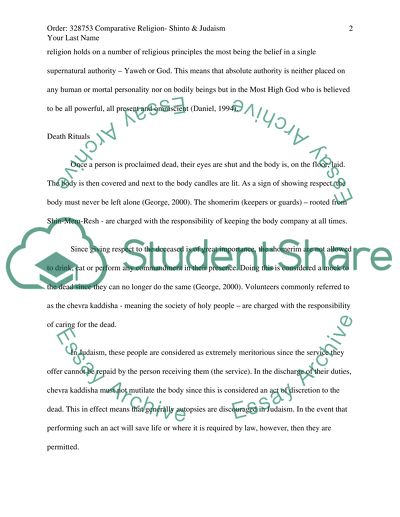Cite this document
(Compartive Relgion: Shinto and Judaism Term Paper, n.d.)
Compartive Relgion: Shinto and Judaism Term Paper. Retrieved from https://studentshare.org/religion-and-theology/1558701-compartive-relgion-shinto-and-judaism
Compartive Relgion: Shinto and Judaism Term Paper. Retrieved from https://studentshare.org/religion-and-theology/1558701-compartive-relgion-shinto-and-judaism
(Compartive Relgion: Shinto and Judaism Term Paper)
Compartive Relgion: Shinto and Judaism Term Paper. https://studentshare.org/religion-and-theology/1558701-compartive-relgion-shinto-and-judaism.
Compartive Relgion: Shinto and Judaism Term Paper. https://studentshare.org/religion-and-theology/1558701-compartive-relgion-shinto-and-judaism.
“Compartive Relgion: Shinto and Judaism Term Paper”. https://studentshare.org/religion-and-theology/1558701-compartive-relgion-shinto-and-judaism.


